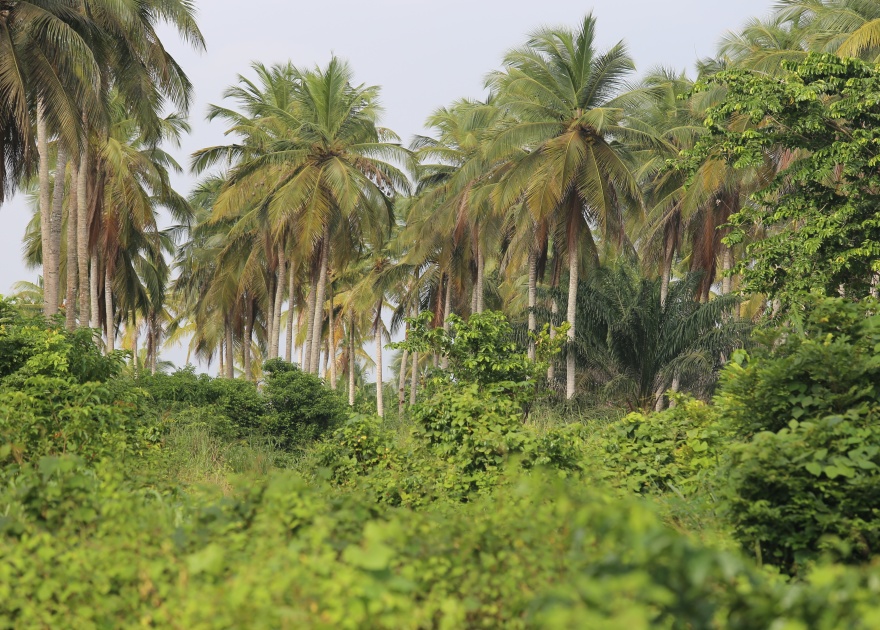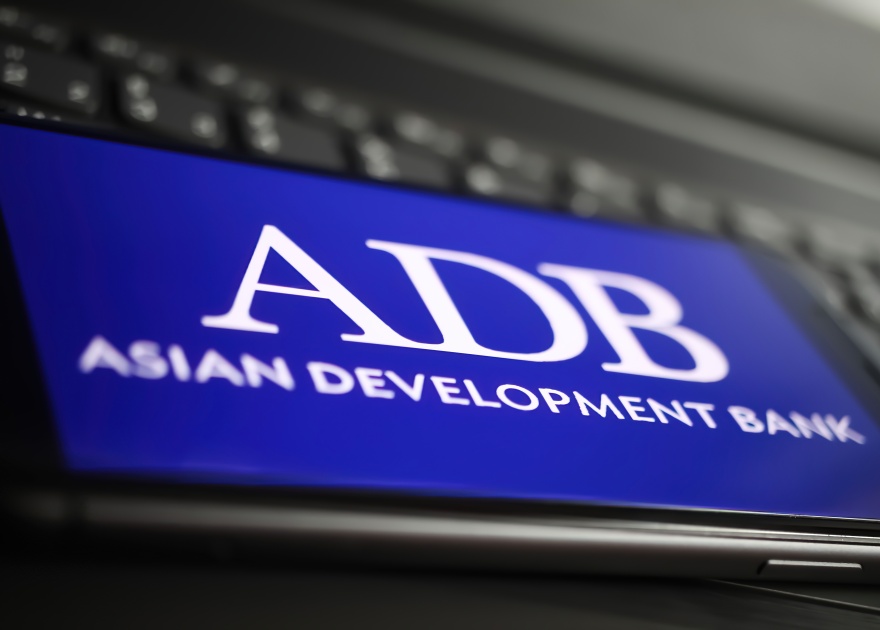Five Highlights from Landell Mills' Water Projects
Over the past year, Landell Mills has implemented and managed a number of projects that are working towards the UN's sixth sustainable development goal: water and sanitation for all by 2030. This was reflected in the recent launch of our Environment and Water Division, which works to ensure the sustainable management of the environment, including water resources, in support of measures to reduce climate change and enhance disaster risk reduction.
This World Water Day, we are pleased to celebrate achievements from our water projects over the last year that are working to protect this vital resource.

SPREADING BASIN FLOODED WITH WATER FOR RECHARGE
Landell Mills finished construction of a working Managed Aquifer Recharge basin in Kabul City, able to provide up to 76,000 people with their daily water needs
The first Managed Aquifer Recharge (MAR) infrastructure was successfully constructed in Kabul, Afghanistan, in 2020 as part of the Kabul Managed Aquifer Recharge Project (KMARP), administered by Asian Development Bank, funded by USAID, and implemented by Landell Mills. The site is located at Badam Bagh, an area suffering severe depletion of groundwater levels affecting the availability of drinking water. Kabul is one of the most water-stressed cities in the world and its residents suffer from a lack of accessible drinking water. The Managed Aquifer Recharge basin will provide an estimated 76,000 people with their daily water needs.Landell Mills trained 83 Government Officials from seven countries in Integrated Flood Risk Management during the past year
As part of the regional Integrated Flood Risk Management (IFRM) project, funded by UCCRTF, administered by the Asian Development Bank and managed by Landell Mills, we have run both in-person and virtual capacity building sessions to provide training on IFRM strategies in seven Asian countries. Despite the challenges posed by the COVID-19 pandemic, the project has been able to provide targeted technical support for program and project preparation, and promote holistic IFRM solutions through virtual capacity building sessions.The Asian Development Bank published a Knowledge Product on Landell Mills' work to improve water security in the Hindu Kush Himalaya region through building capacity of local River Basin Organizations
The publication, 'Keeping Asia's Water Tower Alive: Strengthening Integrated Water Resources Management with River Basin Organizations' features the 'Strengthening Integrated Water Resources Management (IWRM) in Mountainous River Basins Project', which was administered by the Asian Development Bank, funded by the Japan Fund for Poverty Reduction and implemented by Landell Mills.
Alex Trowell, Landell Mills Project Manager, said: "The knowledge product documents the development of IWRM principles and practices tailored to the needs of the River Basin Organizations, providing a sound reference point for the TA activities to be sustained by the government counterparts even after project completion."Landell Mills implemented the Soil and Water Assessment Tool (SWAT) in Tajikistan for the first time as part of the Zarafshon Integrated Basin Project
The SWAT model makes it possible to predict the long-term impact of new land management practices, development of water supply, industry and other water related sectors on river flow in the Zarafshon basin. As the first attempt to model a river basin within the implementation framework of the Water Sector Reform in Tajikistan, it is hoped the use of the model will be expanded into other basins in the future.
Team leader on the project, Claude de Patoul said: "The first attempt to model the Zarafshon river basin is a significant milestone in the implementation of Water Sector Reform in Tajikistan."Landell Mills' ongoing irrigation design contracts will lead to over 750,000 hectares with improved water supply or on-farm development, roughly five times the size of Greater London


